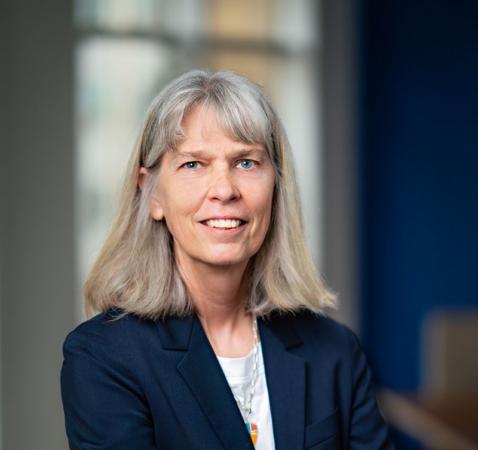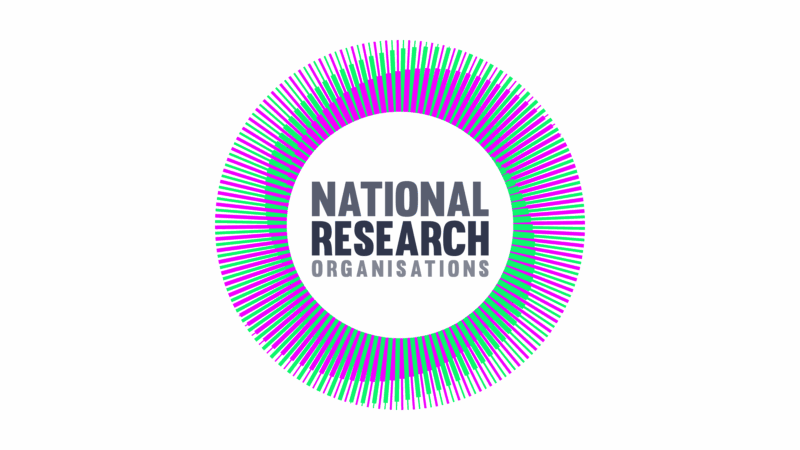Ever wondered how to make a supernova?
Researchers from AWE, the University of Oxford and Imperial College London are illustrating how to at the Royal Society Summer Science Exhibition
Using one of the largest lasers in the world, AWE’s Orion laser, physicists can now recreate scaled models of extreme astrophysical events like supernovae explosions that could fit in the palm of your hand.
The scientists, from AWE, the University of Oxford and Imperial College London, are presenting their research at the Royal Society’s free annual Summer Science Exhibition which is open to the public until 9 July.
These experiments help us to understand some of the most powerful natural processes that govern our Universe. Orion, the UK’s largest experimental laser facility, can focus 20,000 times the power of the UK national grid onto target and can direct energy at a target 10,000 times smaller than a pin-head.
At the Royal Society Summer Exhibition the ‘How to make a supernova’ exhibit will be showcasing how lasers like Orion can help us understand and appreciate the origins of the universe.
Colin Danson, the AWE exhibit sponsor, said: “We are very excited to be at the Royal Society showcasing some of the cutting-edge research undertaken by preeminent scientists though the AWE Orion academic access programme.”
Dr Jena Meinecke, junior research fellow University of Oxford said: “Lasers are so powerful today that we can actually recreate tiny supernovae that could fit in the palm of your hand! This allows us to answer fundamental questions such as ‘What is the origin of magnetic fields in the universe?’ Imagine the possibilities!”
Visitors to the Royal Society Summer Science Exhibition will be able to try to create a ‘shock wave’ using a handheld vortex cannon, and see if you can knock down some paper cups from your friends’ heads! Come along and bask in the power of plasma globes and conduct electricity with your bare hands and have a look at some tiny experimental targets, made with high-precision engineering that we use in real laser experiments to create supernovae in the lab.
The Royal Society’s Summer Science Exhibition is a week-long festival of cutting-edge science from across the UK, featuring 22 exhibits which give a glimpse into the future of science and technology. Visitors can meet the scientists who are on hand at their exhibits, take part in activities and live demonstrations and attend talks. Entrance is free.
For more information and up-to-date news on the exhibition follow the team on @MakeASupernova or click here.



